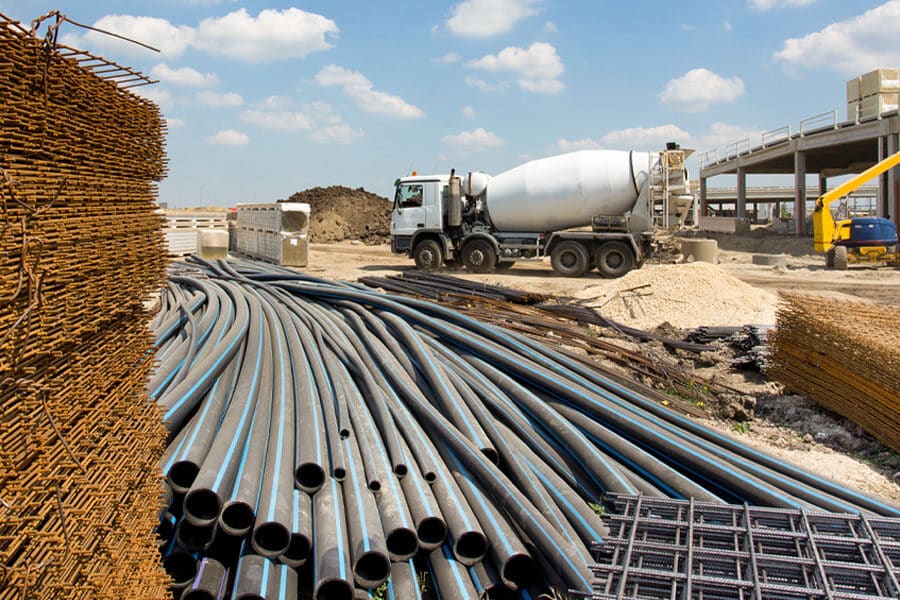The Indispensable Role of Steel: An Important Material in Modern Construction
In the realm of construction, materials are the building blocks that shape our world, from the towering skyscrapers that punctuate city skylines to the humble homes that provide shelter and comfort. Among these materials, one stands out for its versatility, durability, and strength - steel. It is an important material in construction, playing a pivotal role in the creation of structures that are both aesthetically pleasing and structurally sound.
Steel is a unique material, possessing a combination of characteristics that make it an ideal choice for a wide range of construction projects. Its high strength-to-weight ratio, for instance, allows for the creation of structures that are both lightweight and incredibly strong. This is particularly important in the construction of high-rise buildings, where the weight of the structure itself can significantly impact its stability.
Moreover, steel is highly durable, capable of withstanding harsh environmental conditions without losing its structural integrity. This makes it an excellent choice for structures that are exposed to the elements, such as bridges and outdoor stadiums. Additionally, steel's resistance to fire further enhances its suitability for construction, as it can help to prevent the spread of fire within a building.
Another key advantage of steel is its versatility. It can be molded into virtually any shape, allowing for the creation of unique architectural designs that would be difficult, if not impossible, to achieve with other materials. This has led to the rise of innovative construction techniques, such as steel framing, which offer a high degree of flexibility in terms of design.
Despite these advantages, the use of steel in construction is not without its challenges. The production of steel is energy-intensive and contributes significantly to global carbon emissions. This has led to increasing calls for the construction industry to transition towards more sustainable practices, including the use of recycled steel and the development of low-carbon steel production methods.
In response to these challenges, the steel industry has made significant strides in recent years. Advances in technology have led to the development of high-strength, lightweight steel alloys that require less material to achieve the same level of strength. This not only reduces the environmental impact of steel production but also results in cost savings for construction projects.
Furthermore, the industry has made significant progress in the area of steel recycling. Today, steel is one of the most recycled materials in the world, with a recycling rate of over 80% in the United States alone. This not only reduces the demand for new steel production but also helps to conserve natural resources and reduce carbon emissions.
In conclusion, steel is an important material in construction, offering a unique combination of strength, durability, and versatility. While the industry faces challenges in terms of sustainability, advances in technology and a commitment to recycling are helping to mitigate these issues, ensuring that steel continues to play a pivotal role in the construction of the built environment.

Post Comment